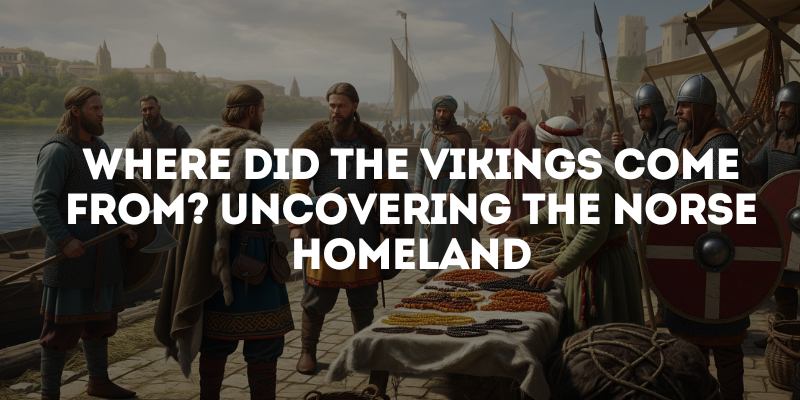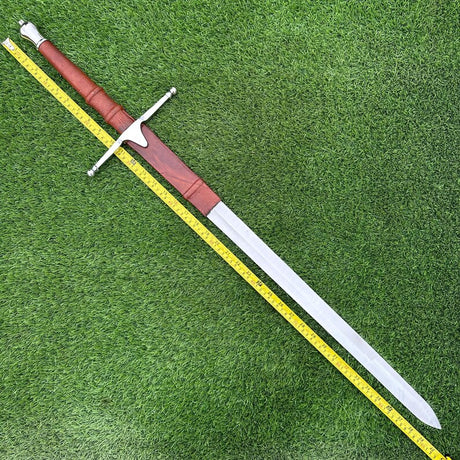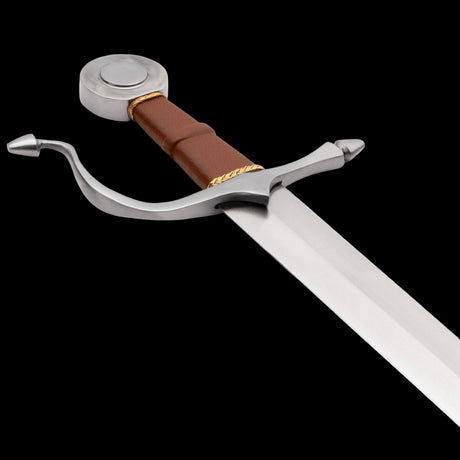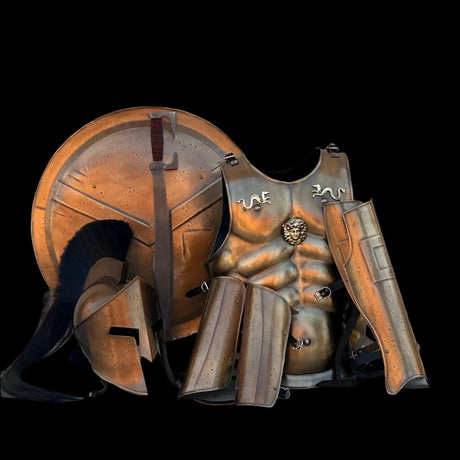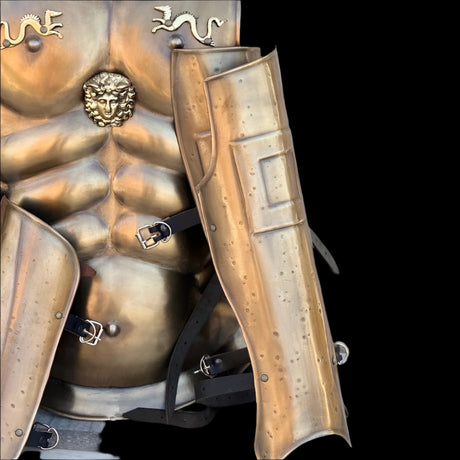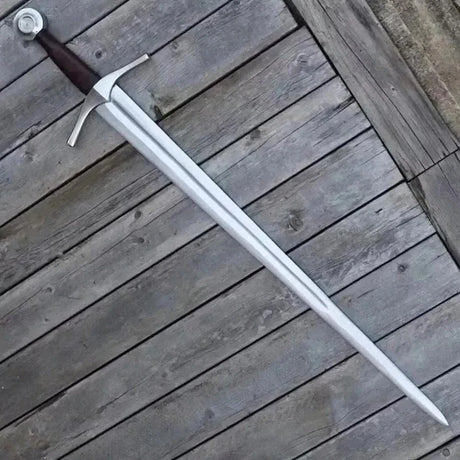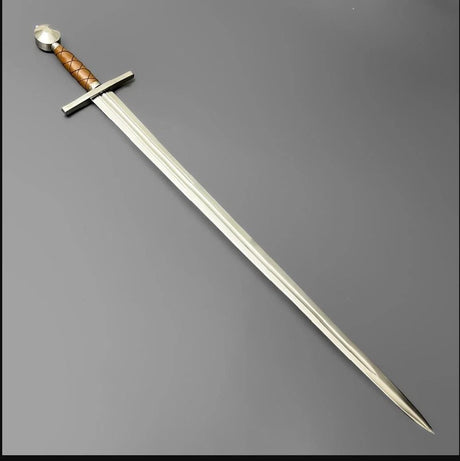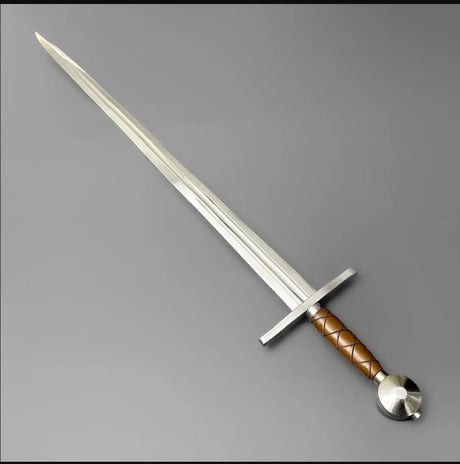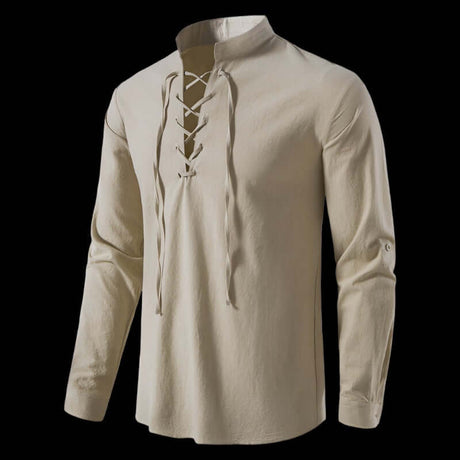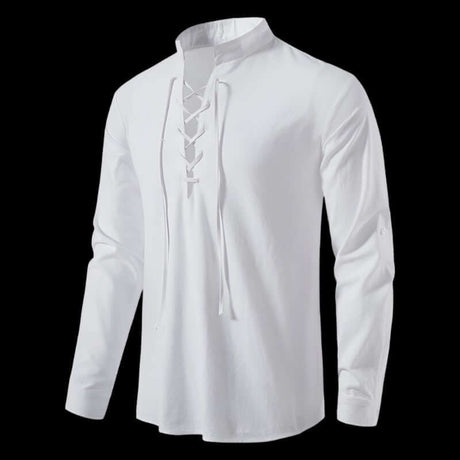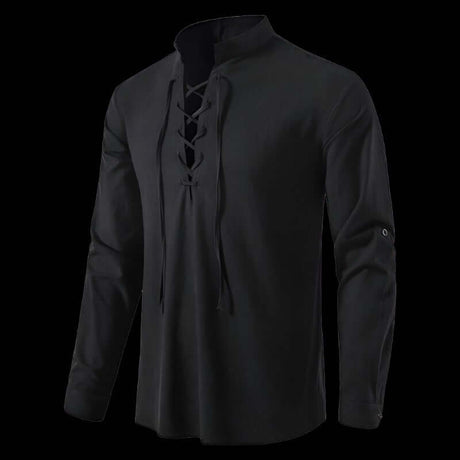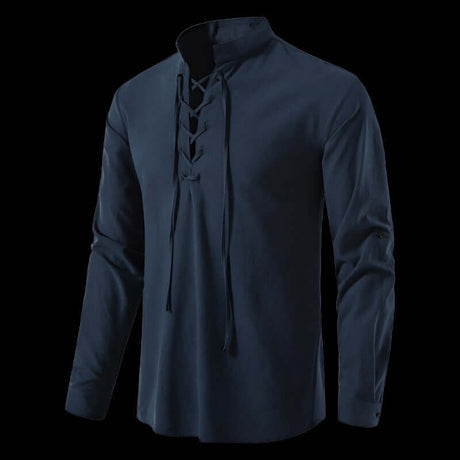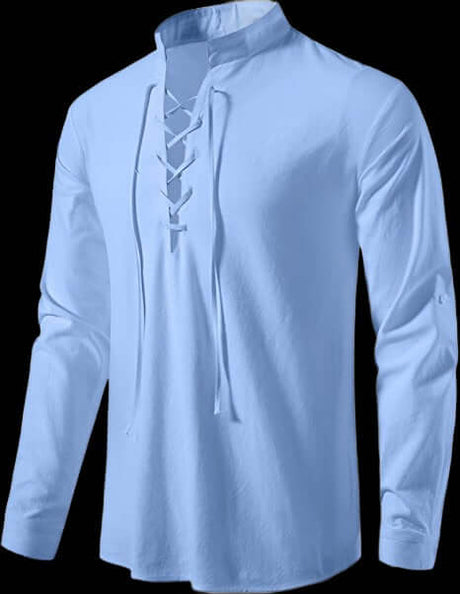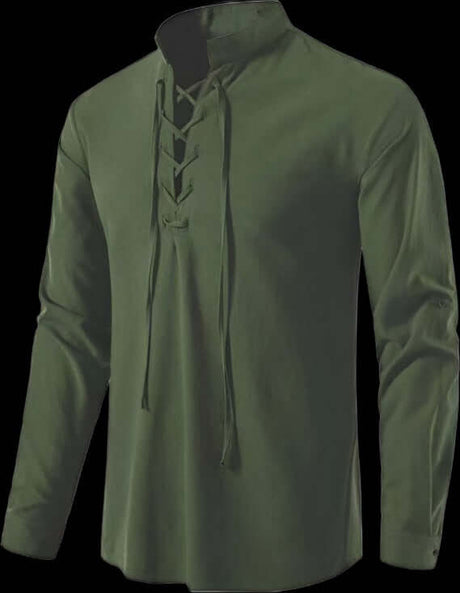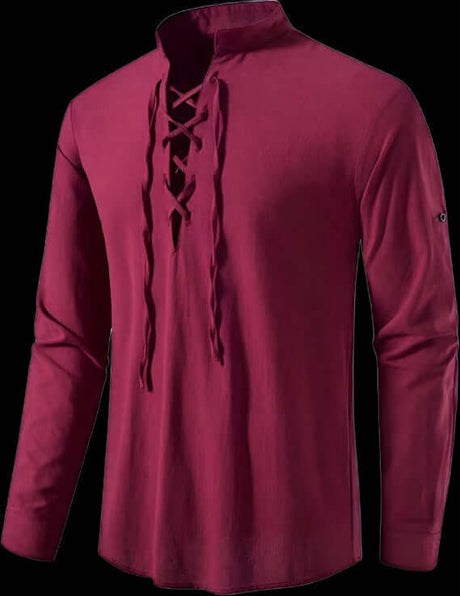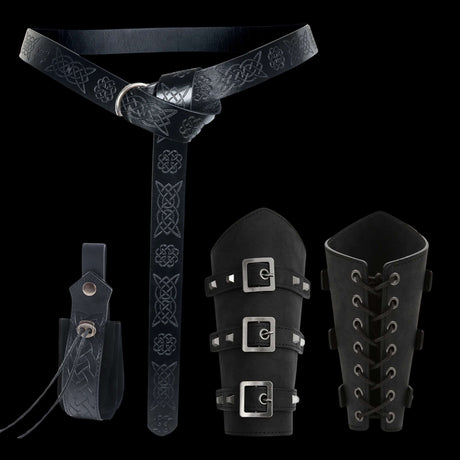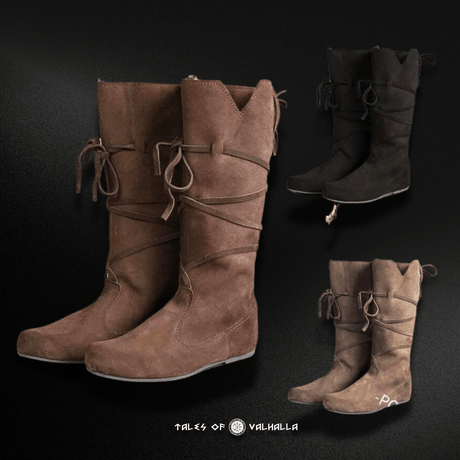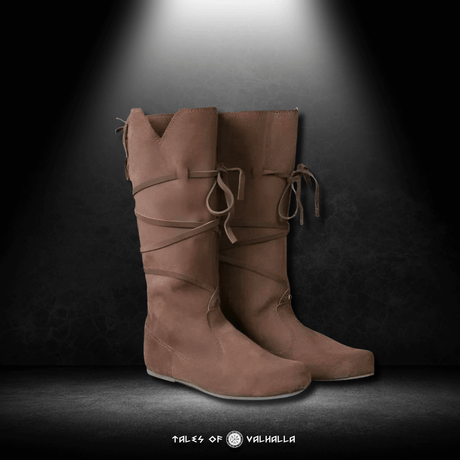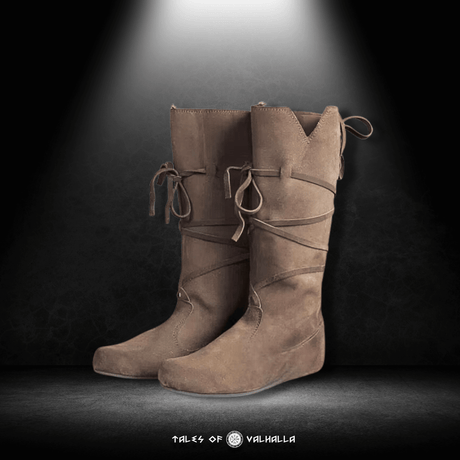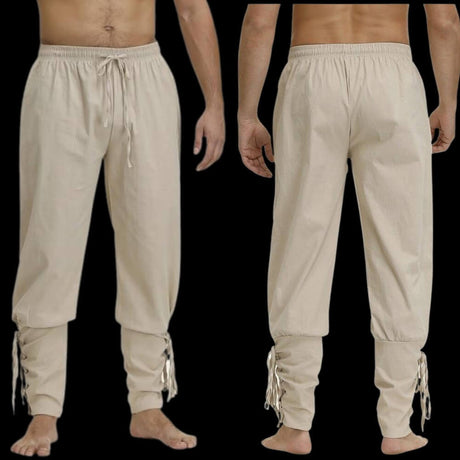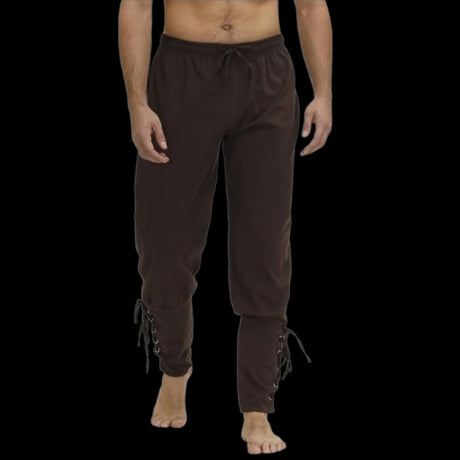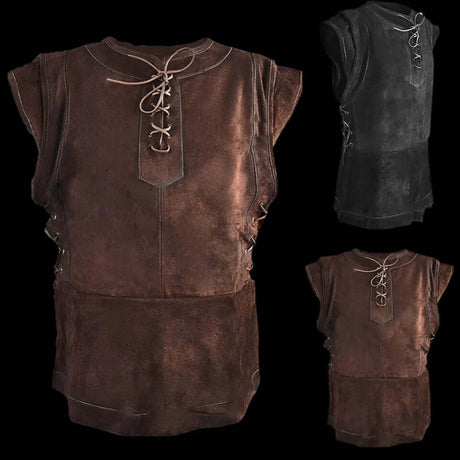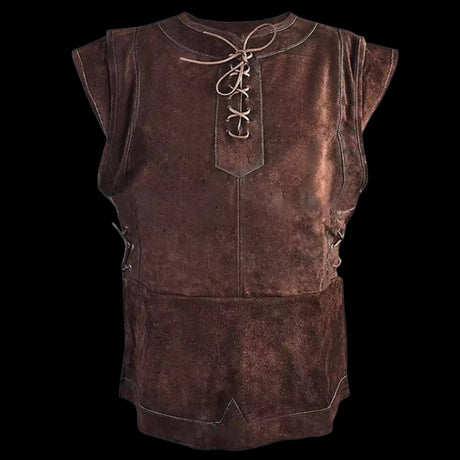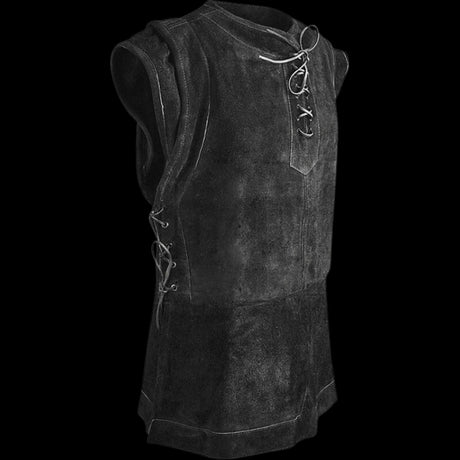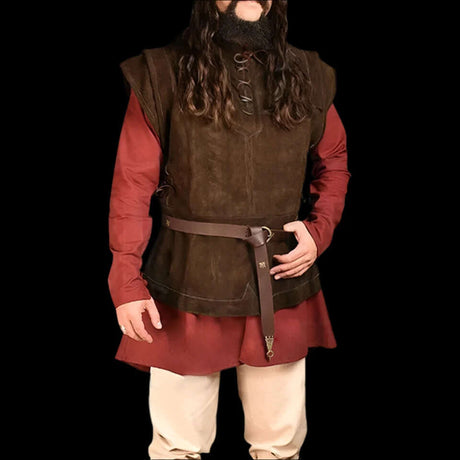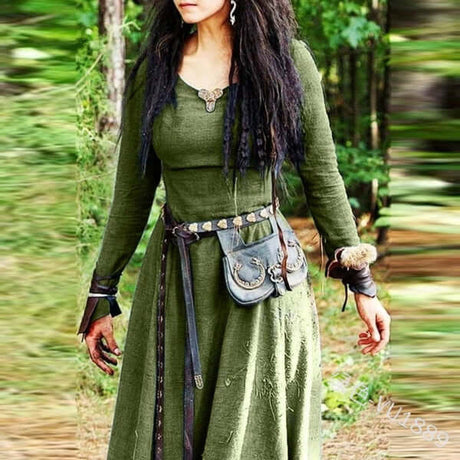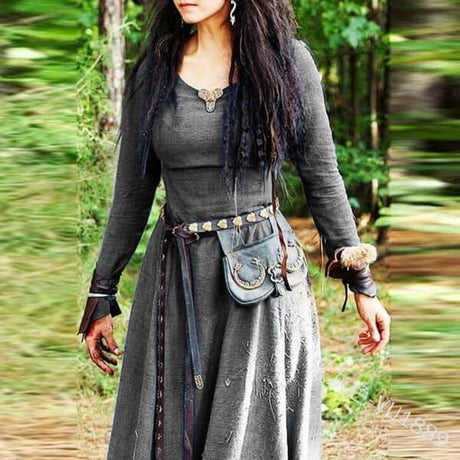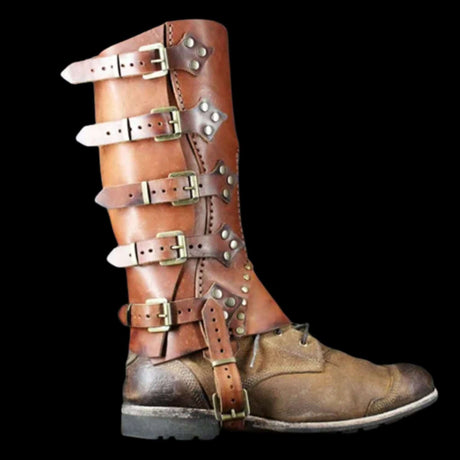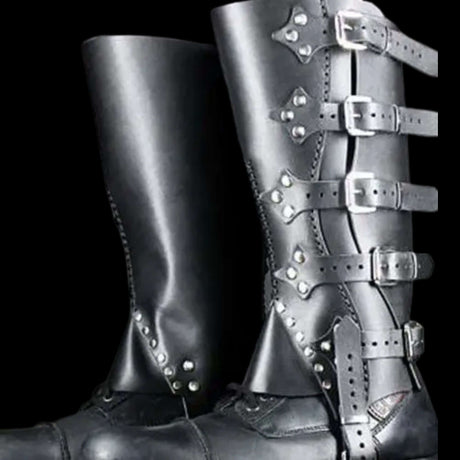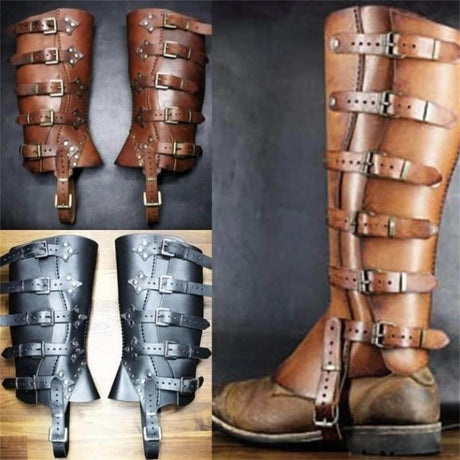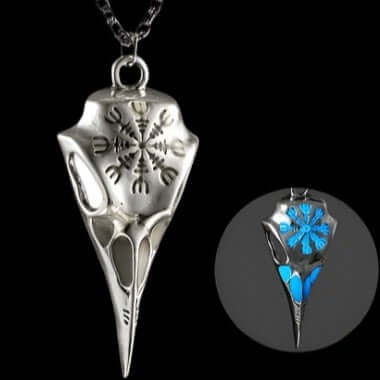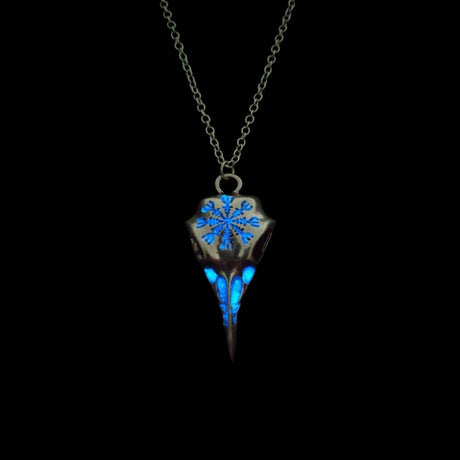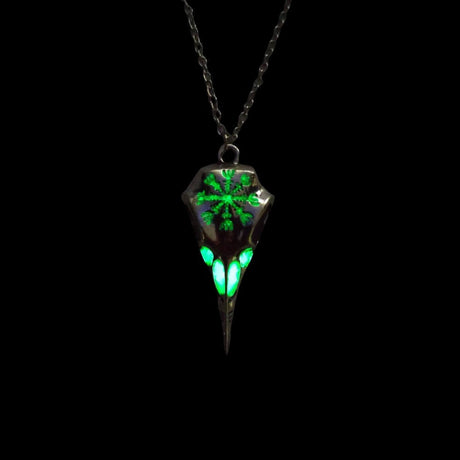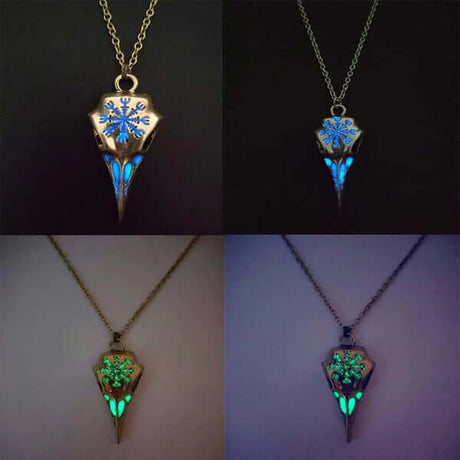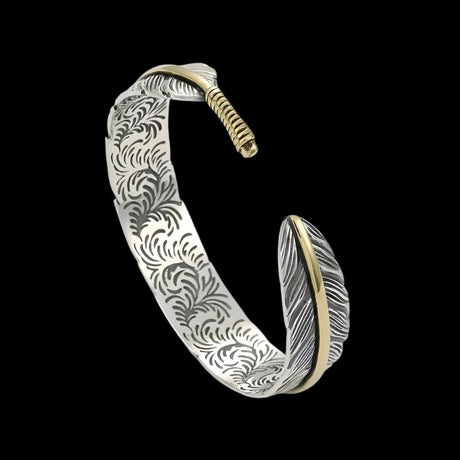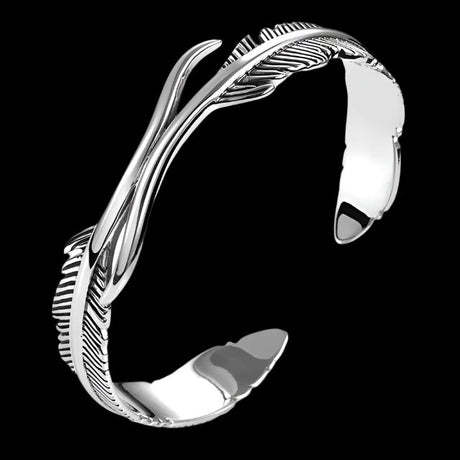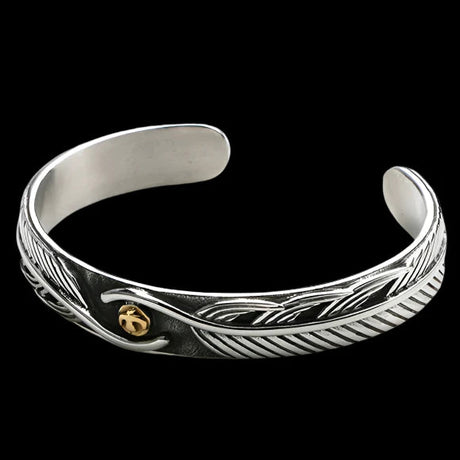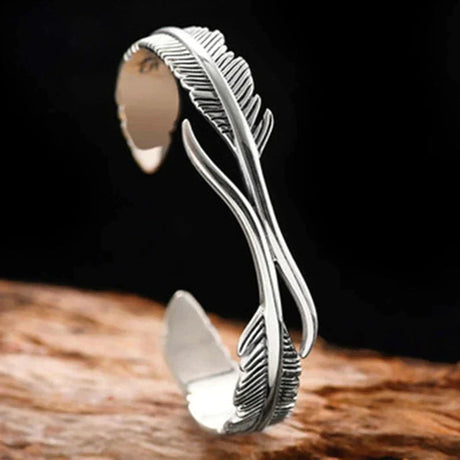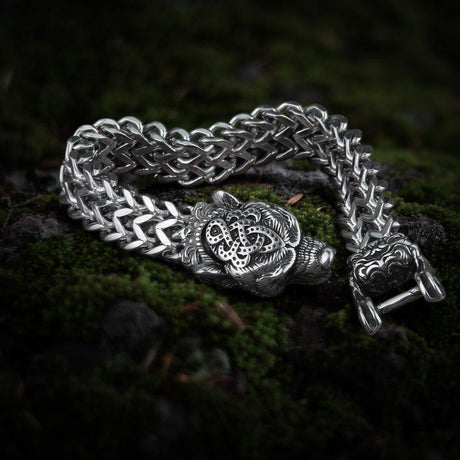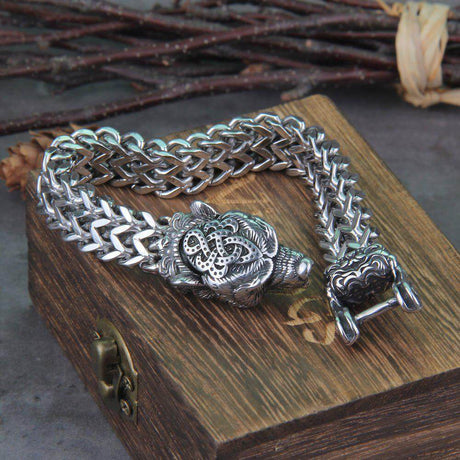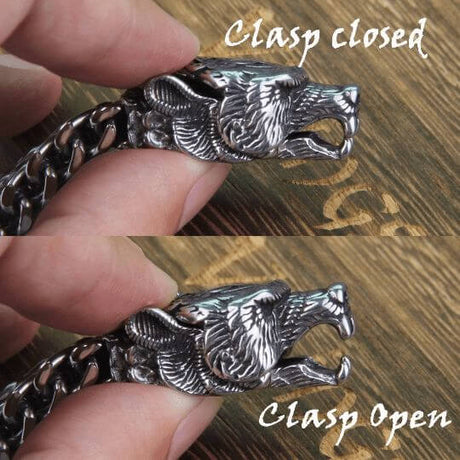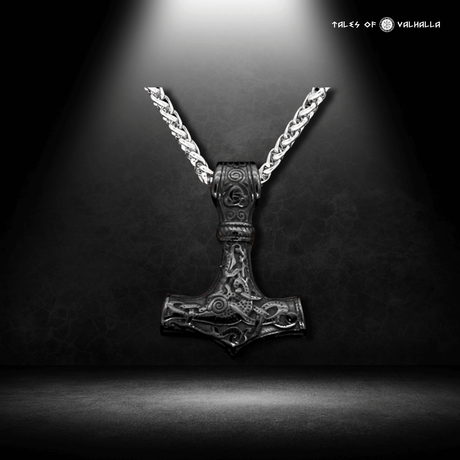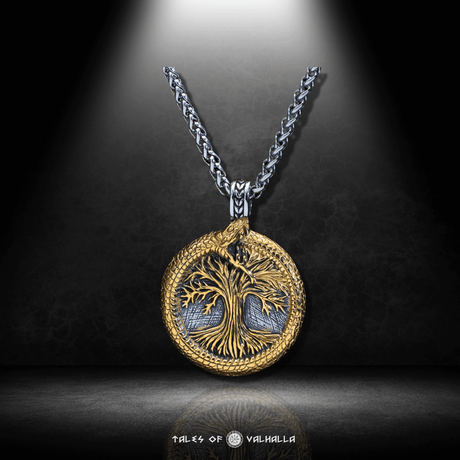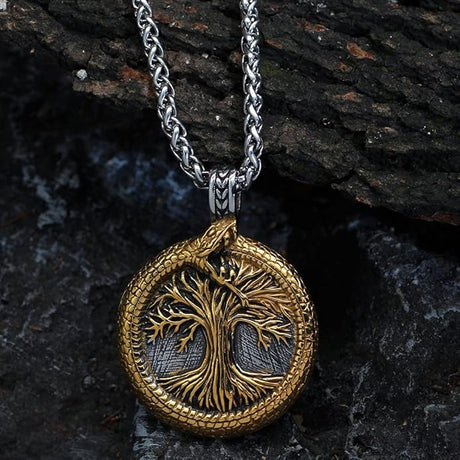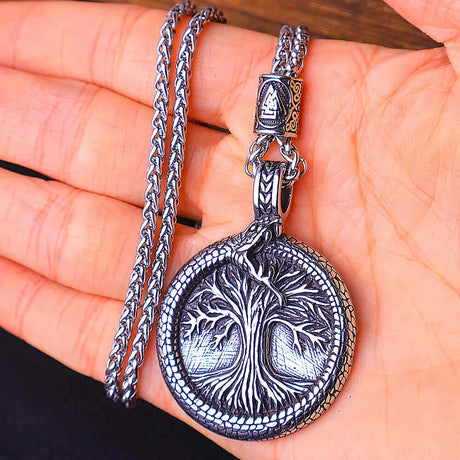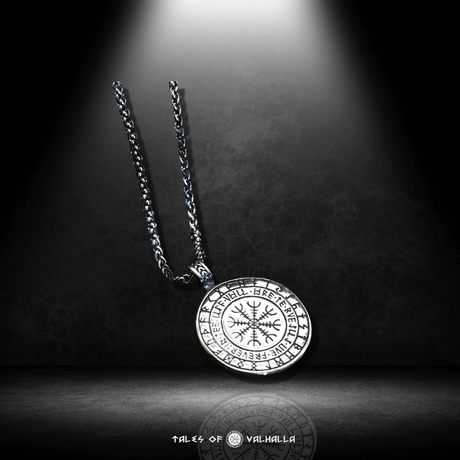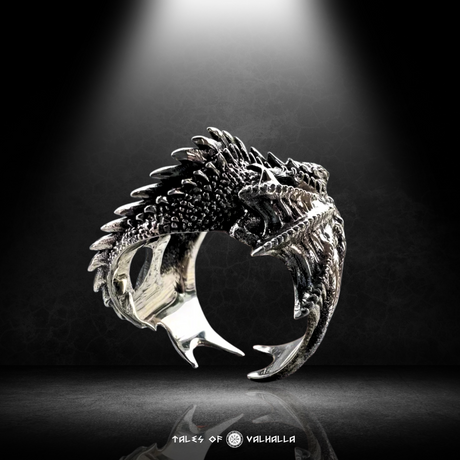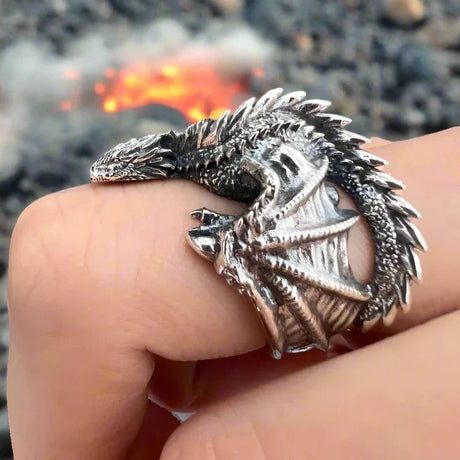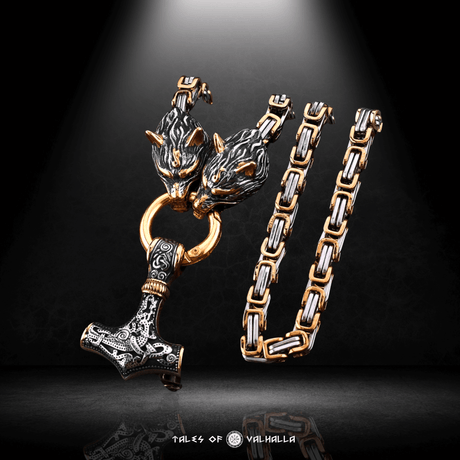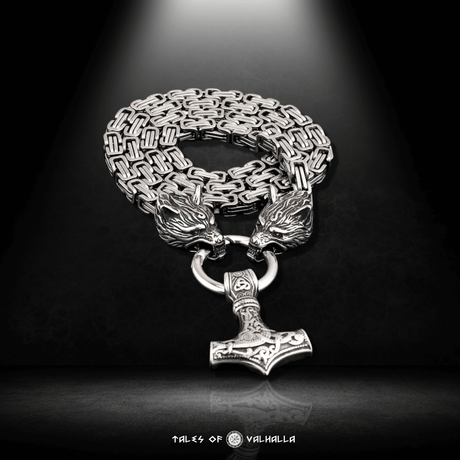The image is etched into the very bedrock of history and popular culture: a fierce, bearded warrior, axe in hand, leaping from the prow of a dragon-headed longship. This is the Viking – an archetype of strength, adventure, and brutal conquest that continues to fascinate us in the United States and across the globe. But behind this powerful, often monolithic image lies a more complex and fascinating truth. Where did these legendary seafarers actually come from?
The answer is not a single point on a map. To truly understand the origins of the Viking, we must journey back over a thousand years to a region of breathtaking landscapes, harsh climates, and distinct cultures: Scandinavia. The people we call "Vikings" hailed primarily from three modern-day countries: Denmark, Norway, and Sweden. Far from being a uniform people, the Norsemen from each of these regions had their own unique character, motivations, and paths of expansion that shaped their incredible impact on the world. This is the story of the cradle of the Viking phenomenon.
Before the Longship: What Does "Viking" Even Mean?
Before we explore the specific homelands, it's crucial to understand what the term "Viking" actually means. It wasn't an ethnicity or a nationality in the way we think of them today.

Before the Longship: What Does "Viking" Even Mean?
Not a People, but a Profession
The word "Viking" comes from the Old Norse term víkingr (for a person) and víking (for the activity). It essentially meant "a person who goes on an overseas expedition," which often, but not always, meant raiding or piracy. So, a man "went a-Viking" (fara í víking) in the same way someone today might go on a business trip or join the military. Not every Scandinavian was a Viking, but many were farmers, merchants, and craftsmen who, for a season, might take up the life of the Viking. The people themselves were Norsemen, Danes, Swedes, or Norwegians.
The Catalysts of an Age: Why Did They Leave?
The Viking Age (roughly 793-1066 AD) didn't just happen in a vacuum. A "perfect storm" of factors in Scandinavia and abroad propelled the Norse onto the world stage:
- Technological Mastery: The development of the longship was the key. This shallow-draft, seaworthy vessel was a masterpiece of naval engineering, allowing them to navigate both open oceans and shallow rivers with unparalleled speed and versatility.
- Political Instability Abroad: The kingdoms of Europe, particularly England and the Carolingian Empire in Francia, were often fragmented and plagued by internal conflicts, making them vulnerable and inviting targets.
- Desire for Wealth and Land: A combination of population growth in some areas, limited arable land in others (especially Norway), and the allure of rich, poorly defended monasteries and towns in the south created a powerful incentive for seeking fortune elsewhere. The spirit of the Viking was one of ambition.
The Scandinavian Cradle: Exploring the Three Homelands
While they shared a common language (Old Norse), religion, and culture, the Norsemen from Denmark, Norway, and Sweden each followed distinct paths of expansion, largely dictated by their geography.
Denmark: The Southern Powerhouse – Raiders and Conquerors
Geographically, Denmark was the gateway between Scandinavia and continental Europe. Its relatively fertile lands could support a larger population, and its strategic position controlling the Baltic and North Sea approaches made it a natural hub for launching large, organized expeditions.
- Focus: The Danish Vikings are most famously associated with the large-scale, organized raids and, eventually, conquests of England and Francia (modern-day France). Their primary motivation often seemed to be the acquisition of portable wealth (Danegeld) and fertile land for settlement.
- The Danish Viking Archetype: If you picture a massive fleet of longships, a disciplined army forming a shield wall, and a calculated campaign to conquer a kingdom, you are likely thinking of the Danish model of the Viking. They were the architects of the Great Heathen Army that conquered much of England and established the "Danelaw."
- Famous Figures: Historical Danish kings like Sweyn Forkbeard and his son, Canute the Great (who forged a massive North Sea Empire including England, Denmark, and Norway), exemplify the Danish Vikings' political and military ambition.
Story Vignette 1: Sten the Dane's Ambition
Sten stood on the shores of Jutland, the salt spray tasting of opportunity. He was a Karl, a freeman, but his family's farm could barely support his brothers. His Jarl, however, was gathering a great fleet. The tales from the warriors who had returned from Francia were intoxicating – tales of rich monasteries with silver goblets and weak kings who would pay a fortune for peace. This was a better path to wealth and honor than a lifetime of plowing. He sharpened his axe, not just for battle, but for the chance to carve out a new life for himself on the fertile lands of England. His journey was that of the Danish Viking: a calculated quest for wealth and land.
Norway: The Western Voyagers – Explorers and Settlers
The landscape of Norway is dramatic and unforgiving—a rugged spine of mountains slashed by deep, cold fjords, with a long and wild coastline. This geography forged a different kind of Norseman.
- Focus: With limited arable land, the Norwegians were pushed towards the sea out of necessity. They became master navigators and explorers, their gaze fixed on the vast, unknown expanses of the North Atlantic. Their story is one of settlement and pioneering in some of the world's harshest environments.
- The Norwegian Viking Archetype: The Norwegian expression of the Viking is the intrepid explorer and hardy settler. They were the ones who dared to cross the open ocean, using the sun, stars, and migrating whales to guide them. They colonized the uninhabited Shetland, Orkney, and Faroe Islands, before making the incredible leaps to Iceland, Greenland, and, ultimately, North America (Vinland).
- Famous Figures: Leif Erikson, the first European to make landfall in North America, and his father, Erik the Red, who founded the Greenland colony, are the quintessential Norwegian explorers.
Story Vignette 2: Leif the Norwegian's Calling
Leif stared out from his family's crowded farmstead, nestled at the end of a deep fjord. The mountains rose like sheer walls around them, and the patch of green they called home felt small, constrained. But the fjord opened out to the endless sea, and the sea whispered tales his father told—of new, unclaimed land to the west, a place called Iceland, and perhaps even lands beyond that. He felt the pull not just of silver, but of the horizon itself. He and his kin would build their own ship, pack their livestock and tools, and sail into the unknown to create a new life from scratch. This was the dream of the Norwegian Viking: the search for new land and the freedom it promised.
Sweden: The Eastern Traders – Merchants and Mercenaries
The Swedish Vikings, often known as the Varangians or the Rus', turned their focus eastward and southward. Their proximity to the Baltic Sea gave them access to a vast network of rivers that served as highways deep into the heart of Eastern Europe.

Sweden: The Eastern Traders – Merchants and Mercenaries
- Focus: The Swedish Vikings were primarily traders, mercenaries, and fortune-seekers. They established extensive trade routes along the river systems of modern-day Russia and Ukraine, connecting the Baltic Sea to the two great empires of the age: the Byzantine Empire and the Arab Caliphates.
- The Swedish Viking Archetype: The Swedish version of the Viking is the Varangian trader, tough and pragmatic, equally comfortable haggling for furs in a bustling market or serving as an elite mercenary for the Byzantine Emperor. They sought silver, silk, and spices, and their influence helped shape the first East Slavic state, the Kievan Rus'.
- Famous Figures: The semi-legendary Rurik, who, according to the Primary Chronicle, was invited to rule and bring order to the Slavic tribes, is the foundational figure of the Rus'. Harald Hardrada (a Norwegian who served as a Varangian) is a famous example of a Scandinavian who gained immense wealth and experience in the East before returning to become a king in his homeland.
Story Vignette 3: Kettil the Swede's Journey
Kettil poled his ship through the shallow rapids of the Dnieper River. This was a world away from the open sea. Here, the dangers were not great waves but hidden rocks and hostile tribes along the riverbanks. His cargo was precious: fine furs from the northern forests and amber from the Baltic coast. His destination was the city the Norse called Miklagard (Constantinople), a place of legendary wealth. He knew the journey was long and perilous, but the reward was worth it – a fortune in silver dirhams and exotic goods. He was a merchant and a warrior, a trader who fought. This was the life of the Swedish Viking, a path of commerce and adventure down the great river roads.
A Shared Culture, Different Paths: A Comparative Look
While their paths of expansion differed, these three groups were all part of the same broader Norse culture.
| Feature | Denmark | Norway | Sweden |
| Geography | Southernmost, fertile plains, strategic sea access. | Mountainous, long and rugged coastline, deep fjords. | Eastern, Baltic coast, access to vast river systems. |
| Primary Focus | Organized raids, conquest, and large-scale settlement. | Exploration, colonization, and settlement of new lands. | Trade, mercenary service, and establishing trade routes. |
| Key Areas of Influence | England (The Danelaw), Francia (Normandy). | North Atlantic Islands (Shetland, Orkney, Faroe), Iceland, Greenland, North America (Vinland). | Eastern Europe, Russia (Kievan Rus'), Byzantine Empire (Varangian Guard). |
| Famous Figure(s) | Canute the Great, Sweyn Forkbeard. | Leif Erikson, Erik the Red, Harald Hardrada. | Rurik (semi-legendary), Varangian Guards. |
| The Archetypal "Viking" | The Conqueror/Political Ruler. | The Explorer/Pioneer Settler. | The Trader/Mercenary Adventurer. |
What United Them? The Common Threads of Norse Culture
Despite their different paths, the people from all three homelands were recognizably "Norse." The spirit of the Viking was built on a shared cultural foundation.
- Language and Lore: They all spoke dialects of Old Norse, a language that was mutually intelligible across Scandinavia. This allowed for easy communication and the sharing of stories and poetry.
- Religion and Mythology: They shared a common pagan faith, worshipping the same pantheon of gods like Odin, Thor, Freyja, and Freyr. Their worldview was shaped by the same epic myths of creation, the Nine Worlds, and the final battle of Ragnarök.
- Social Structure: The Viking ranking system of Jarls (nobility), Karls (freemen), and Thralls (slaves) was a common feature across all Scandinavian societies.
- Art and Craftsmanship: They shared a distinctive and powerful artistic style, seen in their intricate wood carvings, metalwork, and jewelry.
- The Longship: This technological masterpiece was the universal tool that made the entire Viking Age possible, whether it was used for raiding, trading, or exploring.
The Genetic Evidence: What Does DNA Tell Us?
In recent years, large-scale studies of ancient DNA from Viking Age skeletons have provided stunning confirmation of this tripartite view of the Viking world.
- A Landmark 2020 Study: A major study published in the journal Nature analyzed the genomes of over 400 individuals from Viking Age sites across Europe. The results painted a clear picture.
- Distinct Expansion Routes: The DNA evidence showed distinct patterns of gene flow that mirrored the historical and archaeological records:
- Danish Viking DNA was found predominantly in England.
- Norwegian Viking DNA was prevalent in Ireland, Iceland, and Greenland.
- Swedish Viking DNA was mainly found in the Baltic and eastern regions.
- A Mixed Heritage: The study also revealed that the Viking was not a "pure" genetic group. There was significant genetic admixture from Southern Europe and Asia, reflecting their extensive trade and contact with other cultures. It also showed gene flow into Scandinavia, confirming that people from other lands also became part of their society.
This genetic evidence beautifully complements the historical and archaeological data, giving us a high-resolution map of where the Viking came from and where they went.
The Fading of the Viking Age: From Raider to King
The end of the Viking Age was marked by the gradual transformation of the Viking homelands themselves.
- Christianization: The adoption of Christianity brought Scandinavia into the mainstream of European culture and discouraged the traditional practice of raiding pagan targets.
- Centralization of Power: The rise of powerful, centralized monarchies in Denmark, Norway, and Sweden replaced the old system of petty kings and jarls.
- Shift in Identity: As these kingdoms solidified, the identity of the people shifted. A man was no longer primarily a "Viking" raider, but a subject of the King of Denmark, Norway, or Sweden. The age of the Viking as a profession was drawing to a close.
Conclusion: The Cradle of the Northmen
So, where did the Viking come from? The answer is threefold: the fertile plains and strategic straits of Denmark, the rugged fjords and open seas of Norway, and the eastern-facing coasts and river gateways of Sweden. These three distinct Scandinavian homelands, each with its unique geography and opportunities, forged different expressions of the Viking spirit. The Danes were the conquerors, the Norwegians were the explorers, and the Swedes were the traders.
Yet, they were all bound by a shared Norse culture, language, and belief system. They were all masters of the longship, and they all possessed an insatiable curiosity and ambition that drove them to the far corners of the known world. Understanding that the Viking was not a single entity, but a dynamic phenomenon with diverse origins, is key to appreciating their true complexity and their profound and lasting impact on world history.
4 FAQs About the Origins of the Vikings
-
Q: Where did the Viking people originally come from?
A: The people we know as Vikings originated from three main Scandinavian homelands, which correspond to the modern-day countries of Denmark, Norway, and Sweden. The Viking identity was shaped by the distinct geography and opportunities of these regions.
-
Q: Were all people from Scandinavia "Vikings"?
A: No. "Viking" was more of a profession or an activity (víking – an overseas expedition) than an ethnicity. While most Vikings were Norsemen from Scandinavia, the vast majority of the Scandinavian population were farmers, craftsmen, or merchants who never went "a-Viking."
-
Q: Did Vikings from different countries do different things?
A: Yes, they generally followed different paths of expansion. Danish Vikings primarily focused on raiding and conquering large parts of England and Francia. Norwegian Vikings were renowned for exploring and settling the harsh North Atlantic islands like Iceland, Greenland, and North America. Swedish Vikings, often called Varangians or Rus', traveled east on rivers to trade and serve as mercenaries in Russia and the Byzantine Empire.
-
Q: If they were from different regions, what made them all considered "Norse" or "Vikings"?
A: Despite their different paths, they were united by a powerful shared culture. They all spoke dialects of the same language (Old Norse), shared a common pagan religion and mythology (worshipping gods like Odin and Thor), had a similar social structure, and, most importantly, all utilized the technologically advanced longship which made the era of the Viking possible.

